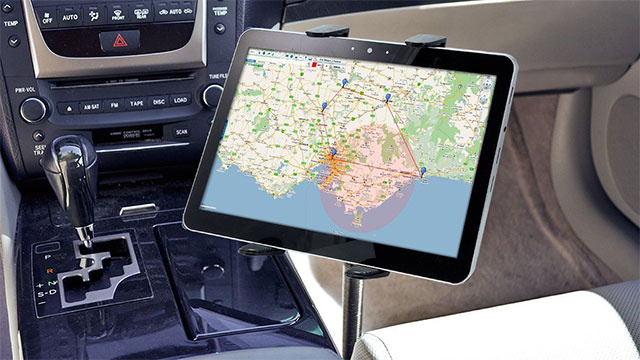
Few things are as quintessentially American as driving a convertible on an open highway with music blasting. The radio has been one of the defining features of American cars ever since automakers began integrating monophonic AM systems into vehicles back in the mid-1930s. In the decades since then, automotive and audio technology has evolved in countless ways, but America’s love affair with the car radio has remained as consistent as ever.
In the beginning
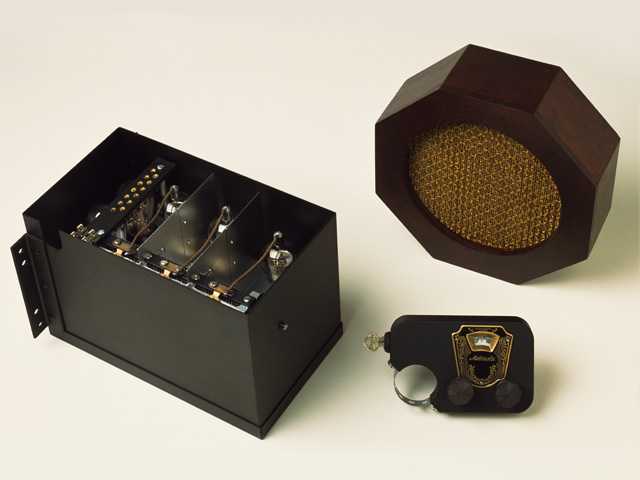
Motorola 5T71 – HISTORY OF THE CAR RADIO
Current generation 12-speaker and 16-speaker car audio systems, available in many cars, are light years ahead of the 5T71, the first in-car radio system to be commercially sold in the United States. Built by the Galvin Engineering Company in Chicago, the radio featured a receiver, a tuning control and a single speaker. At $150 a pop, the monophonic radio was extremely expensive for the time, but it nevertheless proved to be a commercial success, and eventually led to the creation of Motorola Corp.
An era of change
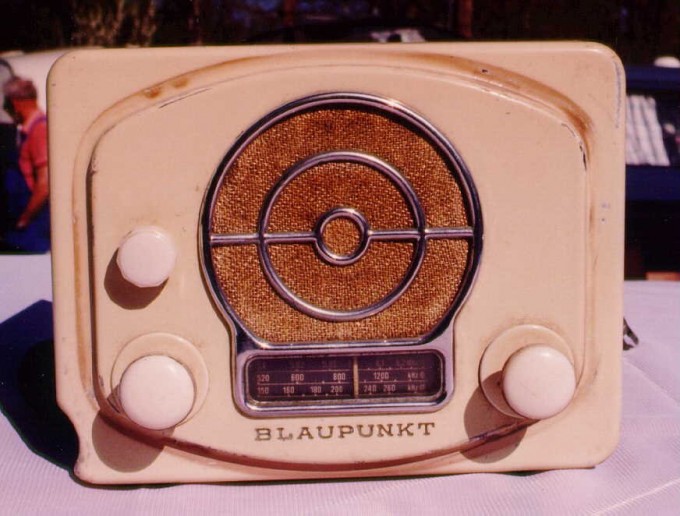
Blaupunkt FM radio in 1952 – Classic Finnish Volkswagens-Vintage Radios-Blaupunkt
For well over a decade, AM was king of American radio. But that began changing in 1952 when Blaupunkt from Germany released the first FM car radio. Barely a year later, Becker introduced a “Seek” feature on its radios to let users search for their favorite radio stations. Suddenly, car radios had become versatile and drivers had a plethora of talk, news and music radio options from which to choose when on the road, PC Magazine reports.
The Stereo 8 disaster
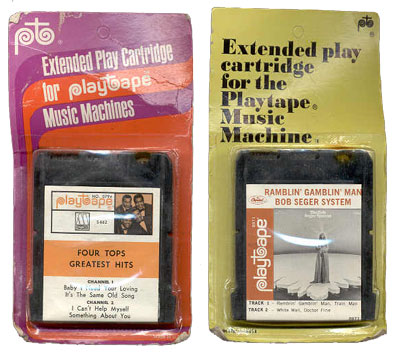
The History of the 8-Track Tape
It wasn’t until the mid-1960s that American drivers really began to get options that let them choose which songs they listened to on the car audio system. Ford and Motorola were the first out of the gate with in-car Stereo 8 systems that were designed to let drivers listen to a customized playlist. The clunky eight-track tape systems, with their cheesy yellow plastic construction and appalling audio quality, were a disaster from the start. Even so, they prevailed as an option on cars until the 1980s, mainly because they were cheap.
A more viable option
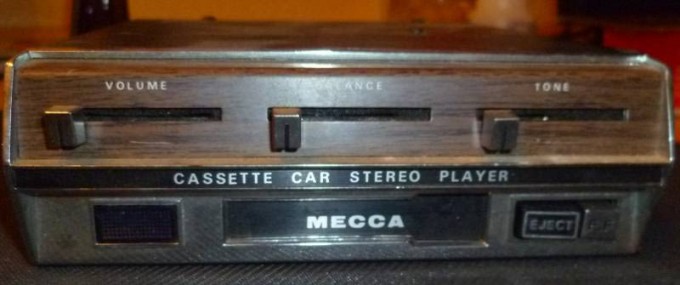
A Brief History of the Car Radio – Compact Cassettes Arrive on the Scene
Cassette players, introduced by Philips in 1960, were another far more successful car audio option. For many Baby Boomers who came of age in the 1970s, cassette tapes with relatively high-quality speaker systems were by far the most popular choice for listening to custom playlists. The decade also witnessed the first two-speaker and even three-speaker car audio systems, with integrated tweeters and mid-ranges introduced in domestic cars.
Modern era
In a sense, the real era of the modern car system began in the 1980s, when in-car audio systems began rivaling home stereo systems in many ways. Cars began to feature audio systems with separate speakers on the driver’s side, the passenger side and the rear deck, says PC Magazine. The 1980s was also when automakers introduced the first in-car CD systems, introducing high-fidelity sound in the process. By the 1990s, automakers had upped their game with complete CD-changer systems that let drivers load up to six CDs in the system and switch between them at will.
That Cassette player is so advanced, it shouldn’t even exist!
Big changes

How to Bring Your Car into the 21st Century with a Few DIY Upgrades
The really revolutionary changes to car audio systems have all occurred over the past decade, though, with the digitization of music. Many car radio systems these days feature auxiliary inputs that let drivers hook up digital music devices such as MP3 players and smartphones to their car audio systems. Many also come with USB jacks and Bluetooth connectivity that enable drivers to virtually sync any device containing digital music to the car’s audio system.

Fit This Radio Into Your Classic Caddy, Play It With Your Smartphone
The growing availability of technologies such as Sirius XM and Pandora means that drivers these days also have the option of high-quality digital streaming music. Over the next decade, car analysts expect most vehicles will feature embedded audio systems that respond to voice commands and are capable of integrating with sources on the Web.
You like this? Don’t forget to follow us on twitter @infinigeek and like us on facebook @infinigeek! We are also on that Google Plus thing.

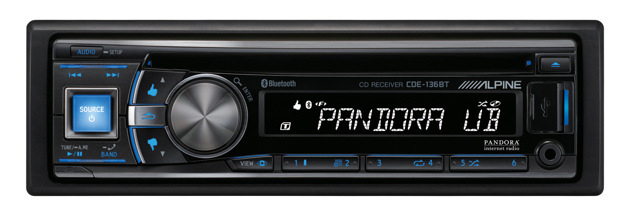
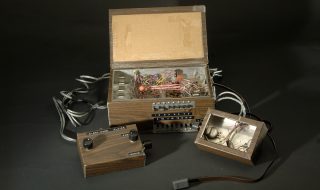


when was this posted?